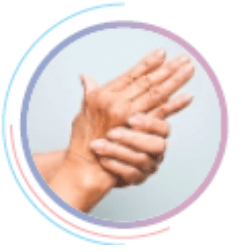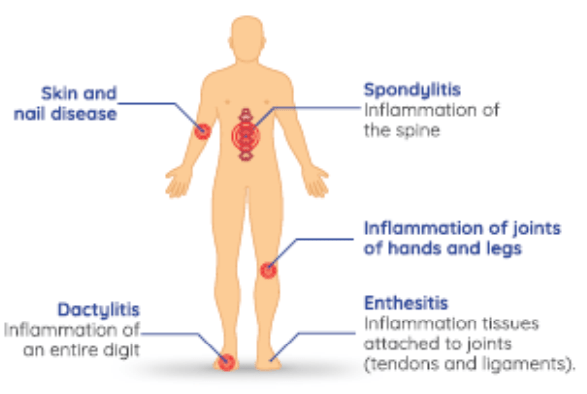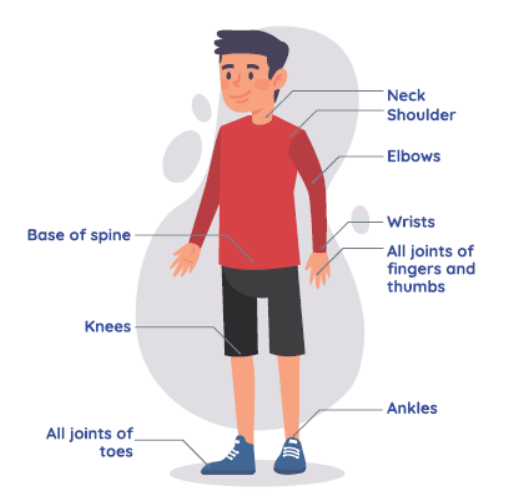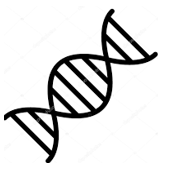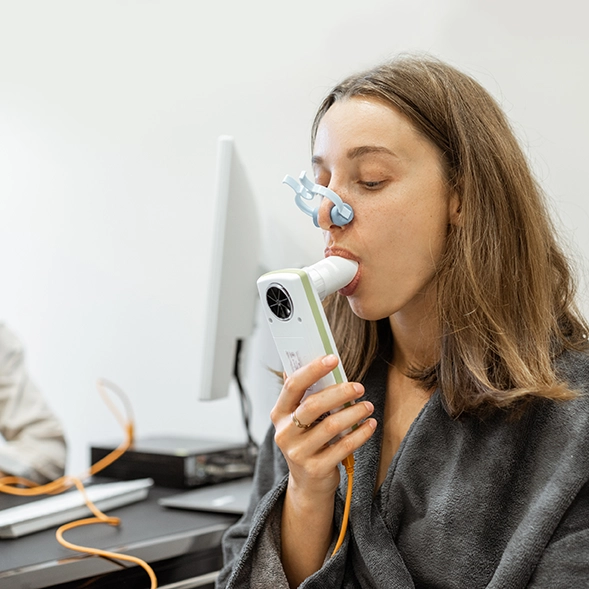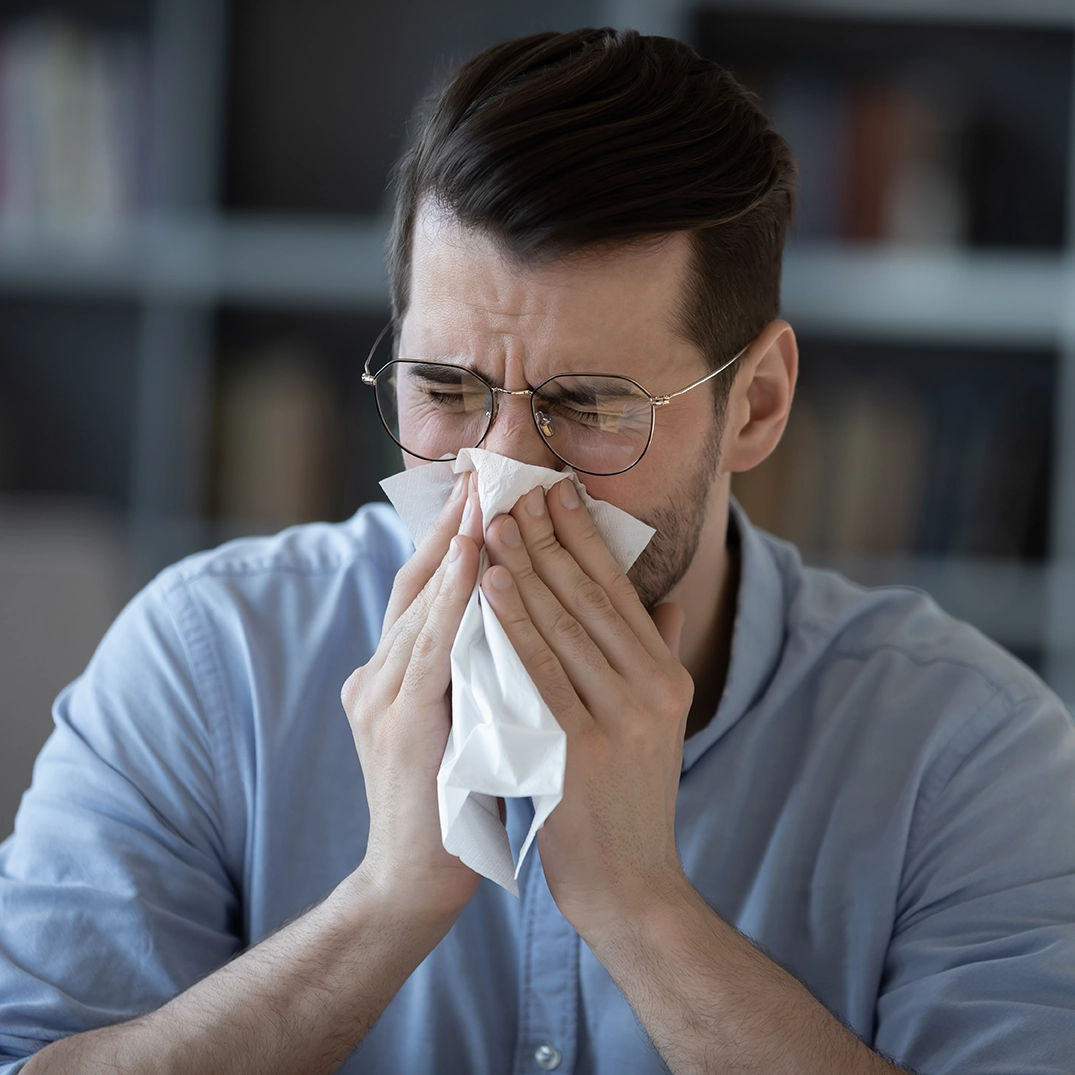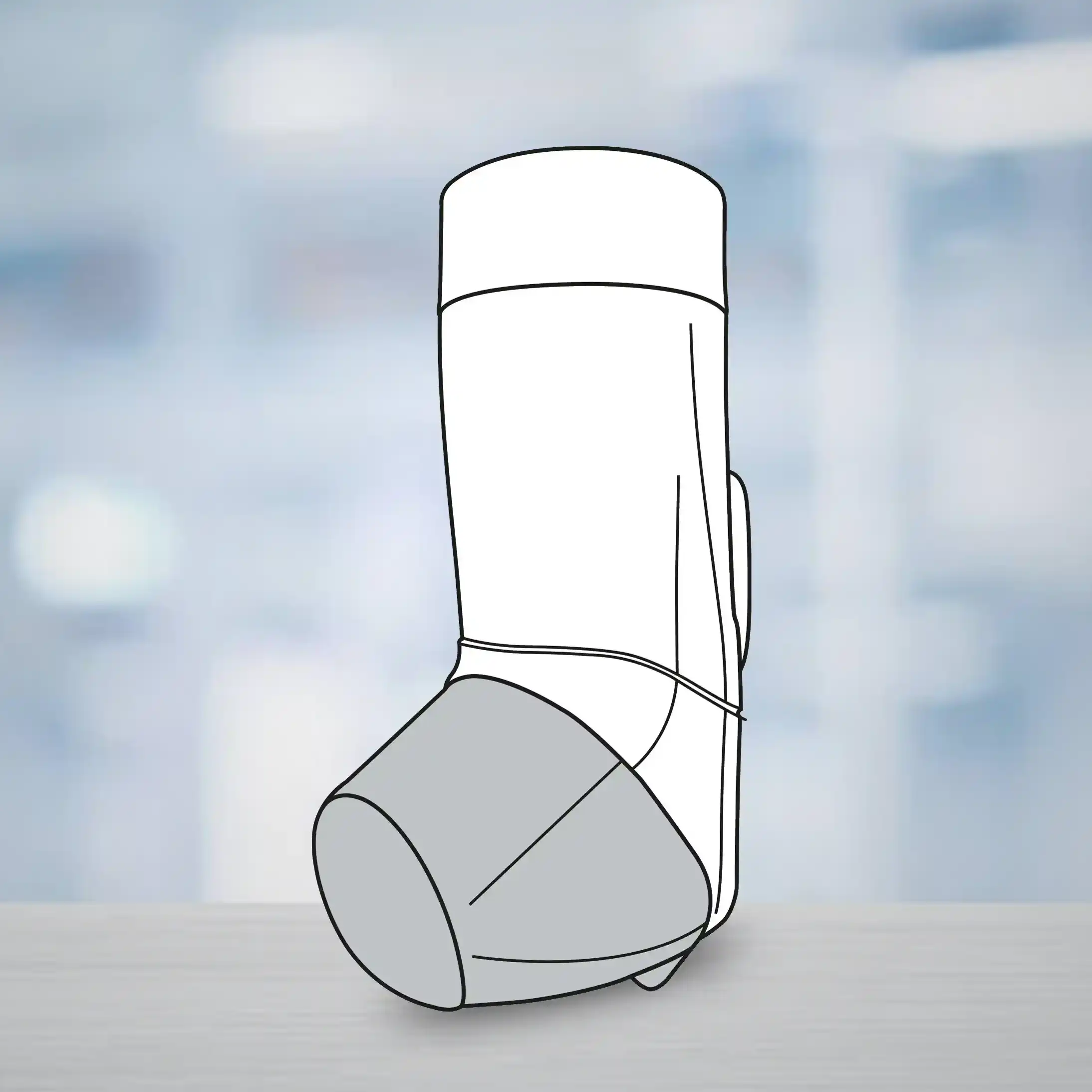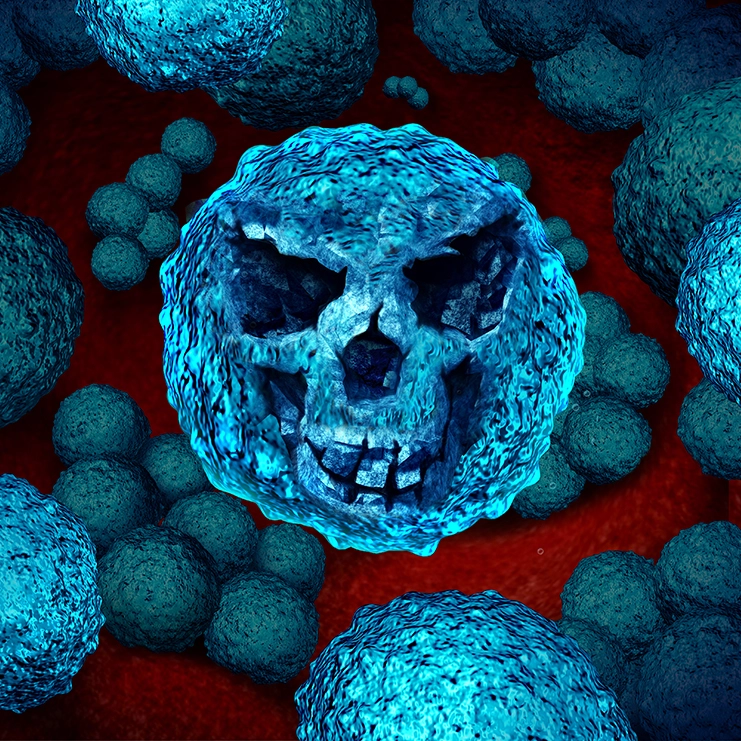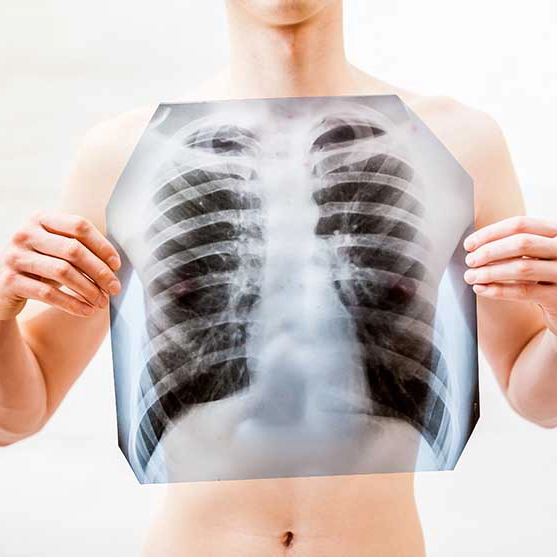What is Psoriatic Arthritis?
Psoriatic arthritis (PsA) is a condition which causes painful inflammation of the joints and often seen with a skin disorder known as psoriasis which is characterised by red, flaky patches on the skin.1
Who is Most Likely to Develop Psoriatic Arthritis? 2, 3
- Psoriatic arthritis often, but not always, happens to people who also have psoriasis.
- It develops on average 10 years after the onset of skin symptoms.
- Psoriatic arthritis is most likely to occur in people who have lesions on the scalp, buttocks areas and nail involvement.
- Men and women are equally at risk.
- Although, psoriatic arthritis occurs at any age, mostly it is usually observed between 30-50 years age.
- It is estimated that up to 30% of people with psoriasis develop Psoriatic arthritis.1
What are the Symptoms of Psoriatic Arthritis? 4, 5
While, psoriatic arthritis can affect any joint in the body, it often affects large joints in the lower extremities, but may also occur in joints like the fingers, toes, back or pelvis. Common features of Psoriatic arthritis include dactylitis (inflammation of the fingers), enthesitis (inflammation of and the tissues around the joints) and spondylitis (inflammation of spine).
Also, psoriatic arthritis is highly diverse in terms of the skin and joint involvement. Patients may experience mild
skin and severe joint symptoms such as:
In psoriatic arthritis, some joints are more likely to be affected than others:
What are the Causes of Psoriatic Arthritis? 4
The exact cause of psoriatic arthritis is not clearly understood. Nonetheless, genetics, the immune system and environmental factors, such as an infection, may play roles in causing this type of arthritis.
- Genes
Some people have certain genes that place them at an increased risk of developing psoriatic arthritis.
- Obesity
People who are overweight are more at risk of developing both psoriasis and the psoriatic arthritis.
- Infection and Skin Trauma
- Infections and skin injuries have also been reported to result in episodes of psoriatic arthritis.
- Psoriatic arthritis occur when the body’s immune system acts abnormally and begins to attack healthy cells and tissues leading to swelling in the joints.
How it is Diagnosed? 6
- The doctor will examine psoriatic arthritis from the symptoms and a physical examination.
- Physcian may also want to know a family history or you have or have had psoriasis.
- There is no specific test for psoriatic arthritis.
- X-rays or scans like magnetic resonance imaging (MRI) scans, ultrasound scans can show joint damage.
- Blood tests may help rule out other diseases, and a skin biopsy can confirm psoriasis.
What Treatment Options are Available?5
- There is currently no cure for psoriatic arthritis. Nevertheless, treatment for psoriatic arthritis has improved with new medicines that are helpful in controlling the progression of condition. Treatment may depend on your symptoms:
- Non-steroidal anti-inflammatory drugs (NSAIDs) to reduce swelling.
- Disease-modifying anti-rheumatic drugs (DMARDs) that act on the causes of swelling.
- Steroid injections can be administered to relieve pain and stiffness.
- Ointments, light therapy or other treatments for skin symptoms.
- Exercise and physiotherapy to keep the joints mobile.
How to Cope up with the Disease? 4, 5, 7
Making changes to what one eat can help in controlling the progression of the disease.
Self-Care
- Keeping skin moisturised will be helpful in managing psoriasis
- Regular use of lotions or creams containing aloe vera, jojoba or zinc may help lubricate affected skin
- Taking short, warm baths using oatmeal, bath oil can soothe skin
- Make a habit of applying moisturisers following daily showers or baths, or after swimming
Follow Healthy Eating
It is important to follow a healthy, balanced diet such as:
- Whole grains, like oatmeal or brown rice
- Fresh fruits and vegetables
- Low or no saturated fat, especially animal fat
- Low amounts of salt and sugar
- The daily recommended amount of vitamins and minerals.
Physical Activity
- Regular, gentle exercise will help to control the weight
- Exercise improves health, keeps muscles strong and joints flexible
- Try simple activities like swimming, walking, riding an exercise bike, yoga, warm-water pool, strengthening, such as weight training
Learn How to Look After Your Joints
- One with PsA may need to keep track of the health of the bones
- Get enough calcium and vitamin D in the diet
- Learn how to protect joints from injury, strengthen muscles and stay flexible with the help of a physical or occupational therapist (OT)
Maintaining Emotional health
- High levels of stress might increase the tendency to experience flares and might make it more difficult to deal with the challenges of living with psoriatic arthritis.
- Here, one can take steps to understand and control the stress
- Try to avoid things that contribute to your stress
- Talk things over with a friend, relative or your doctor
- Contact support groups if you want to meet other people with PsA
Reference
- Everything You Need to Know About Psoriatic Arthritis, Available at: https://www.healthline.com/health/psoriatic-arthritis, last accessed on 15th March, 2021
- A patient guide to psoriasis/ psoriatic arthritis, Available at: https://www.walgreens.com/images/pdfs/pharmacy/11SP0202_Psoriasis_Overview_BKLT.pdf, last accessed on 15th March, 2021
- Improvement in the management of Psoriatic Arthritis, Available at: https://home.kpmg/content/dam/kpmg/uk/pdf/2017/01/improvement-management-psoriatic-arthritis.pdf, last accessed on 15th March, 2021
- Psoriatic arthritis, Available at: https://www.versusarthritis.org/media/1262/psoriatic-arthritis-information-booklet.pdf, last accessed on 15th March, 2021
- Psoriatic arthritis, Available at: https://arthritisaustralia.com.au/wordpress/wp-content/uploads/2017/09/ArthAus_PsoriaticArthritis_1805.pdf, last accessed on 15th March, 2021
- Patient fact sheet, Psoriatic Arthritis, Available at: https://www.rheumatology.org/Portals/0/Files/Psoriatic-Arthritis-Fact-Sheet.pdf, last accessed on 15th March, 2021
- Psoriatic Arthritis: Causes, Symptoms, Treatments and More, Available at: https://www.arthritis.org/diseases/psoriatic-arthritis, last accessed on 15th March, 2021


